Most people have a misunderstanding when it comes to the maximum area output of robotic mowers. All robotic mowers always have an acre indication to give a potential buyer an idea of the approximate lawn area the machine is suitable for. But what exactly does this mean? How do you interpret this figure?
What does the acre specification for a robotic mower mean? The acre specification for the robotic mower indicates the maximum area output of the machine. This is based on optimal conditions in the yard, which are usually not present in reality. In addition, the manufacturers assume that this specification is based on daily operation of at least 12 hours or in some cases up to 24 hours.
The maximum area output of the robotic mower is therefore only a rough guide and is not necessarily equivalent to the area that the robotic mower can actually mow in your garden. But how much can it actually mow?
Contents
What exactly does the acre specification for a robotic mower mean?
The amount of acres indicated for a robotic mower is how the manufacturers indicate the largest possible area that a robot can mow. This is virtually the absolute maximum possible area that it can mow when all conditions are perfect.
This means that the area will have ideal conditions, such as:
- An absolutely flat surface, with not the slightest slope
- Square
- No surface obstacles
- A type of lawn that can be easily cut (the work for the mower is easier)
- The mowing plan will not be disrupted by weather conditions such as rain
- The blades are always sharp
- Depending on the manufacturer, the robotic mower mows between 12 hours and 24 hours a day (some robotic mowers have a minimum daily resting time)
So you see, to achieve the indicated maximum output, conditions are required which rarely occur together in reality. Your lawn will probably not be completely square and level, free of even the slightest obstacle and with an “easy to mow” grass variety, without it ever raining, and blades that never dull. And maybe you do not want to operate the robotic mower for 12 or even 24 hours.
For this reason, when you buy a robotic mower, you should allow for a certain buffer in terms of area output, and you should not cut it too close. It is difficult to give a general guide value here, as this is highly unique to each garden.
Even if you have an almost perfect garden that approximately meets the above criteria and you run the robotic mower at maximum runtime, you should calculate at least 10% more area output needed from your robotic mower. For many gardens, however, it is more likely to be around 50%. But it can really vary a lot.
Which factors in the yard make a higher area output necessary?
As we’ve learned, a lawn with 500 square meter can rarely be satisfactorily mowed by a robotic mower with a maximum area capacity of 500 square meters. If you take a look at the utopian conditions at the top of the list that the manufacturers assume when calculating the maximum area output, you can easily think about which factors will lead to your potential robotic mower needing more area output.
Area output on steep gradients
If your garden has an incline or a gradient, the robotic mower moves slower when mowing. But not only that, it also consumes more energy when it has to drive uphill. This means that the battery discharges more quickly and the intervals after which the robotic mower has to drive back to the charging station to recharge itself are shorter. So it simply does less in one mowing pass. In extreme cases, this can significantly reduce the actual area output of the robotic mower. When the robotic mower drives downhill, this does not mean, by the way, that it saves energy, since it usually has to brake when driving downhill in order not to go too fast.
Area output and the shape of the garden
The shape of the yard also has a great influence on the actual area output of the robotic mower. In a simple and very square yard, the robotic mower copes well. It reaches every spot quickly and cannot get lost. On complex surfaces the situation is different.
An area with the same number of square meters only needs to be a little longer for the robotic mower to already require much more time to mow, leading to the need for a greater area output. Not only does it have to cover longer distances when mowing, it has to cover more area to make its way back to the charging point. If the yard has a lot of secondary areas that are controlled via remote starting points on the boundary wire or guide wire, this will further extend the total mowing time.
Because there are many narrow bends, corridors, and the like, the robotic mower needs longer because it has to change direction very often. Every turn it makes while mowing costs additional time. Some robotic mowers try to solve this problem with special software, such as the Artificial Intelligence Algorithm (AIA) from Worx.
Obstacles reduce the area output
Obstacles on the lawn can further reduce the area output of the robotic mower. These can be obstacles that are excluded by the boundary as their own island, such as trees, bushes, or a swingset, as well as obstacles that the robotic mower simply detects with its shock sensor. The latter reduces the area output even more, since the robotic mower’s evasive maneuver is slower when it can run into the obstacles that are not excluded by the boundary wire.
Type of grass
The type of grass also has an influence, albeit minor, on the area output of the robotic mower. Particularly robust types of grass that are harder to cut put more strain on the mowing unit of the robotic mower, which increases the power consumption. This in turn means that the robotic mower has to travel to the charging station more often to recharge.
Adverse weather conditions
Weather conditions such as rain can also have a negative effect on the area output. However, this depends strongly on the model. Some robotic mowers mow the lawn worse when it is wet, or have problems with their traction, so that they start to slip and damage the lawn, especially on slopes.
These models should therefore not mow in the rain at all and be equipped with a rain sensor. However, it is better if the robotic mower is able to mow in the rain and has no problems doing so. Good robotic mowers are built in such a way that they do not have any problems with rain and can therefore do without a rain sensor.
However, in yards with extreme slopes, even the best robotic mowers can get into trouble in the rain and start to slip on the slope, so it is necessary to program the mower so that it does not mow when it rains, provided it has a rain sensor. If it cannot mow whenever it rains, this of course also means that the area output is reduced.
Blade sharpness and battery age
Dull blades should be avoided at all costs. They not only cause the quality of the cut to deteriorate, as the lawn is plucked rather than cut, but they also cause fraying at the tips of the grass blades. It also demands more power from the mowing unit of the robotic mower to mow with blunt blades, which reduces the area output accordingly.
The age of the battery also influences the area output. The older the battery is, the lower its charging capacity. This is a completely normal symptom of age, which you may also know from your smartphone or laptop. The lower the battery charge, the less area the robotic mower covers, as it has to drive back to the charging station more often to recharge itself. The consequence of this is less area output.
On average, the battery must be replaced every 4 years. You can read more about the signs of aging in robotic mowers and how you can extend their life span here.
How mowing times influence the area output
The mowing times you set are also decisive for the actual area output. How often and how long do you let the robotic mower mow? When specifying the maximum area output, the manufacturers assume that you let the robotic mower mow as long as possible.
For some models this may mean that they mow around the clock. Unfortunately, there is no uniformity here. Even the same manufacturer can assume different mowing times for different models.
Here is an important feature that you should definitely know about: Some robotic mowers have a minimum daily rest period, so they physically cannot mow 24 hours a day. This results in a maximum possible mowing time per day, and is the time that the manufacturers use as a basis for the area output.
A few examples: The MCCULLOCH ROB R600 must take a break of at least 11 hours a day, so it can only mow for a maximum of 13 hours a day. On the MCCULLOCH ROB R1000 it is still 4 hours, so it can only mow for a maximum of 20 hours a day. The HUSQVARNA Automower 420, 430x and 450X, on the other hand, have no minimum rest period and can mow 24 hours a day as long as their charge lasts.
This means that with a MCCULLOCH ROB R600 you would have to let it mow for 13 hours a day to achieve its maximum area output of 0.15 acres. A HUSQVARNA Automower 430X, on the other hand, would have to mow 24 hours a day to reach its maximum area output.
In addition, the manufacturers assume that the robotic mower will be operated every day without exception. However, this is not always possible, and can depend on the volume of the robotic mower and if your neighbors are disrupted by it.
So you have to ask yourself the very important question: When and for how long every day should the robotic mower mow? And are there special days on which it should not or may not mow? Do you want the children to be able to play in the yard in the afternoon without needing supervision because of the robotic mower? Maybe the robotic mower should only mow in the morning when no one is at home? Or maybe you don’t want it to mow too early on Saturday or Sunday mornings? Can the robotic mower mow at night, or is that not feasible due to your living situation? All these rest periods reduce the maximum area output of the robotic mower.
For you this means: You have to think carefully about when the robotic mower is allowed to mow and when it cannot, and choose a robotic mower that has the appropriate area output so that it can manage the area in the time windows when it is allowed to mow. This can sometimes mean that you need a robotic mower with an area capacity of 1000 square meters, for a yard of only 500 square meters.
What area output does your robotic mower need?
When you buy a new robotic mower, you must take all the above factors into account. Larger gradients in your garden make a robotic mower with a larger area capacity necessary. Even a complex yard with many bottlenecks, corridors, bends, side areas, etc. requires more area output from the robotic mower. Likewise, many obstacles in the garden mean that the robotic mower needs longer to mow. The more these factors apply to your garden and the more pronounced they are, the greater the area output of the robotic mower must be.
You also have to decide whether or not a robotic mower should mow your lawn when it rains. This is not advisable on very steep slopes or very soft ground, so if your yard has one or both, you should take care to choose a robotic mower with a rain sensor. In this case you also have to choose a larger area output, as the robotic mower mows less often in rainy seasons.
Otherwise, you should choose a robotic mower that can mow well in the rain (and therefore does not need a rain sensor). Especially robotic mowers from MCCULLOCH and HUSQVARNA function without issue in the rain. Another important question is whether the robotic mower can mow at night. Some of the very quiet robotic lawn mowers only reach 57 decibels and can easily mow during the night, if there is enough distance to your neighbor. Other models that produce more noise, will probably be too much of a disturbance if they mow during the night.
The best way is to create a kind of calendar or schedule when your robotic mower should mow. Then you can see how many mowing hours it has available per week and compare this with the mowing hours assumed or recommended by the manufacturer.
To make the calculation a bit easier for you, I have built a calculator here, with which you can calculate the area output you need. If you are unsure how to use the calculator, please write in the comments below.
[dm name=”calc-area-output”][/dm]
By the way, here you will find an overview of different robotic mowers that I would recommend for different area sizes:
- Recommended Robotic Lawn Mowers for Small Yards 2021
- Recommended Robotic Lawn Mowers for Medium Yards 2021
- Recommended Robotic Lawn Mowers for Large Yards 2021
Related questions
How long does it take a robotic mower to mow a yard? The question of how long a robotic mower needs to mow a yard cannot be answered in general. Since robotic mowers maintain the lawn continuously, they should be in use for several hours every day. How long they actuallyneed to be used is determined by the ratio of the area output of the robotic mower and the size of the area, as well as other factors such as gradient, number of obstacles and shape of the area.
Also interesting: How long does a robotic mower need to mow your lawn?
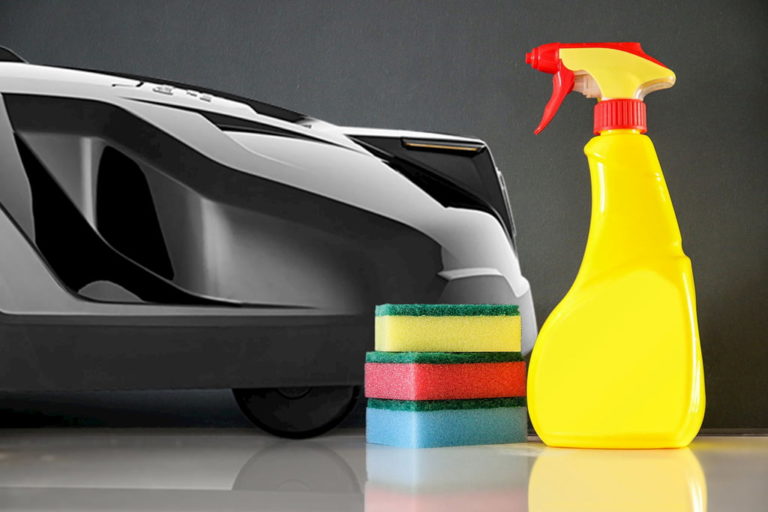
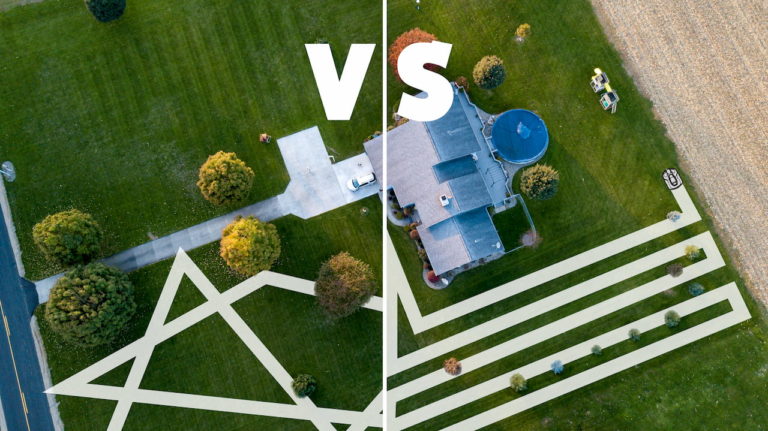
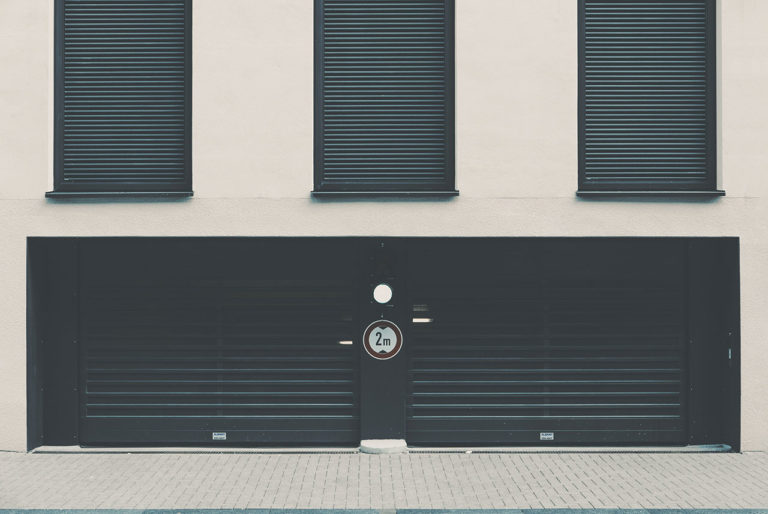
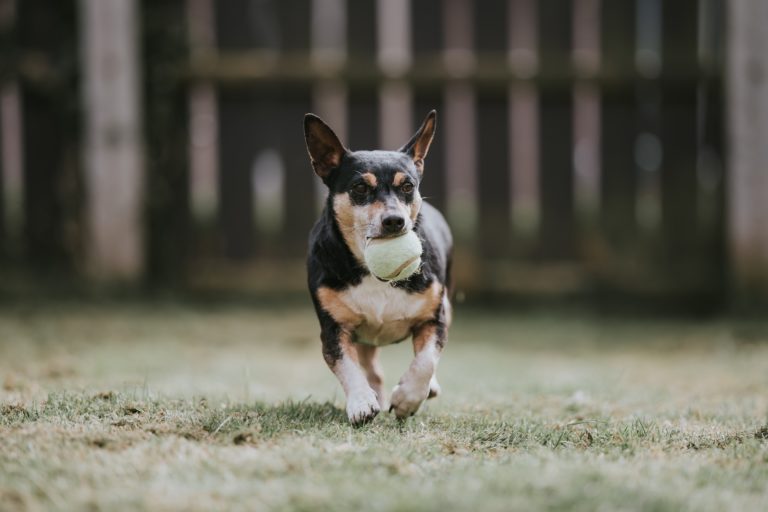
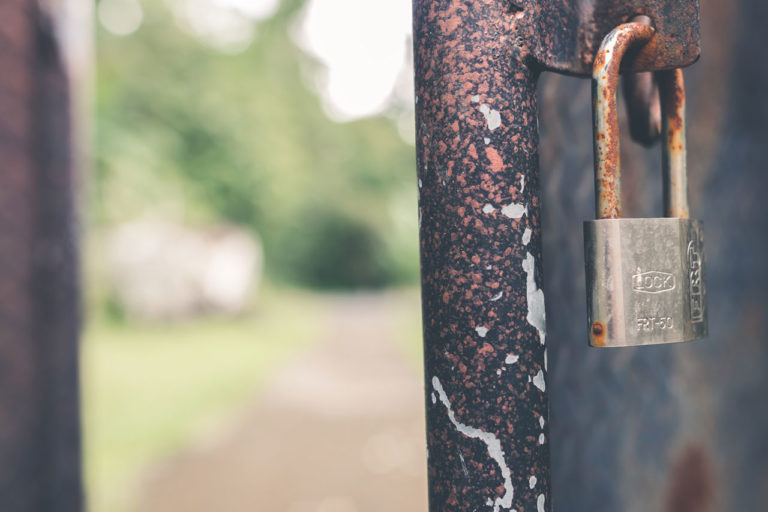
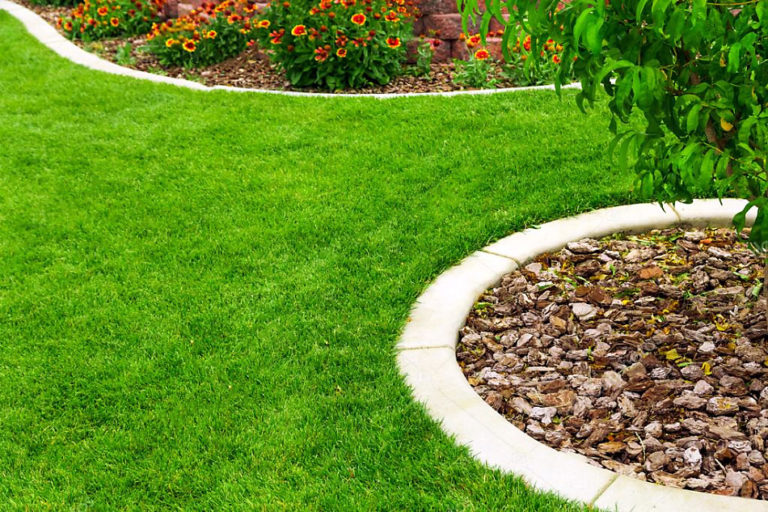
Hi Matthias
Thank you very much for your series of articles on robot mowers – the best I have come across on the internet. Our lawn is about 500 square metres with curves and five fruit trees to accommodate and there is a steady incline from front to back (otherwise not too complicated). My preference would be to mow on alternate nights for eight hours to accommodate grandchildren and pets. I have narrowed my choice to the Husqvarna 415X and the 430X. Based on your calculator the 415X would need to run every night and the 430X on alternate nights, so based on that I should buy the 430X. It costs around 30% more than the 415X but with around half the run time I imagine that there would be significant savings on battery and machine life (thinking of the environment). If I may ask, based on your experience and knowledge, which option would you go for?
With thanks and best wishes,
Mervyn Bibb